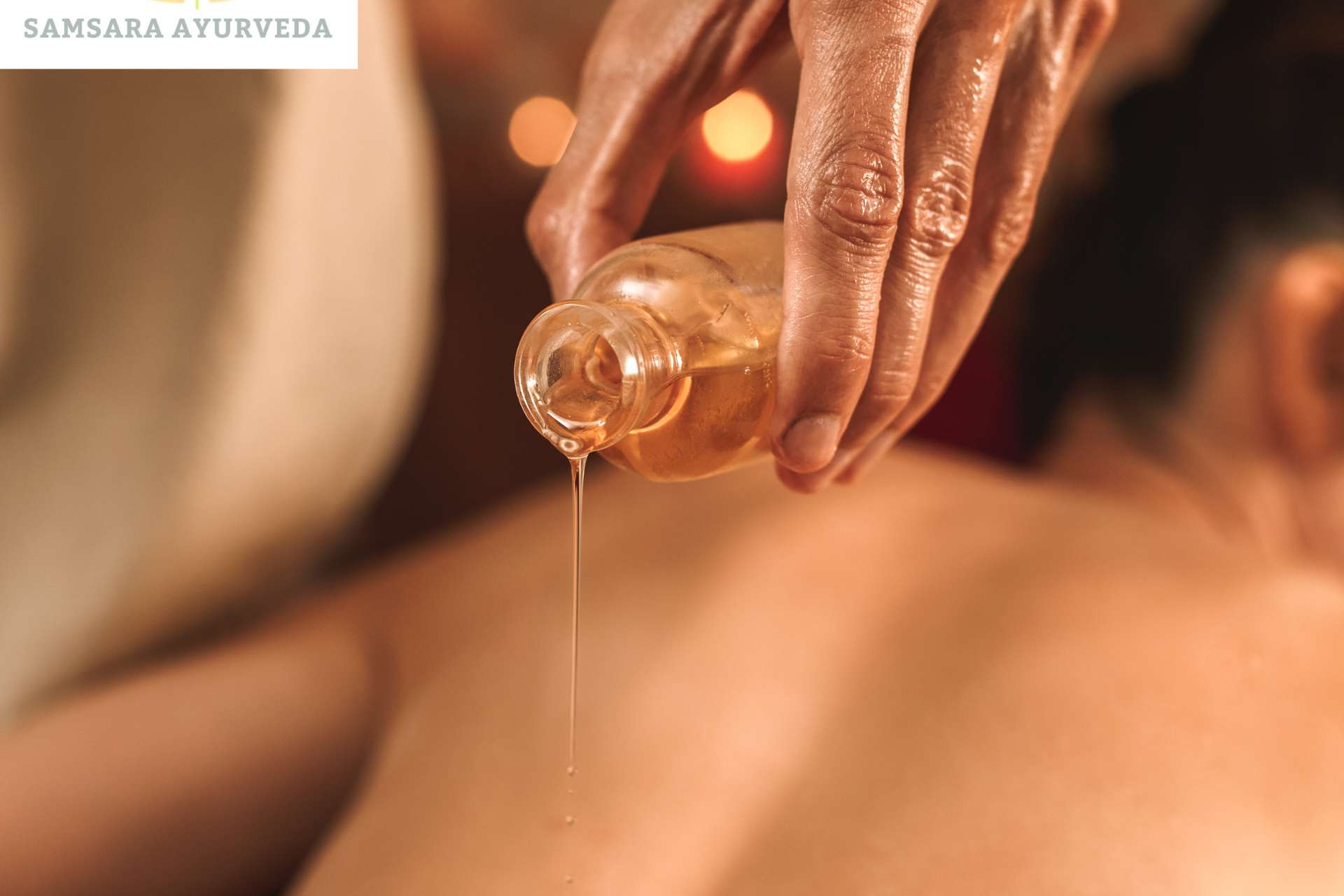
PANCHAKARMA
Ayurveda considers health as a state of balance with the
dosha – dhatu-mala. Every disease is considered to be due to the vitiation or
imbalance of the above. In order to bring the body back to its normal state,
thus we have two line of treatments –
the shamana or the palliative treatment and the shodhana or the detox
treatment. The first one includes the intake of medications while the latter
one includes external therapies ie the panchakarma. According to Charakacharya,
panchakarma or the five principle procedures are Vamana , virechana, Nasya,Anuvasana
vasti and Astapana vasti. Susrutha adds
Raktamoshana as one among the Panchakarma. The importance of panchakarma lies
at the fact that it involves treating the root cause of the disease rather than
a symptomatic relief . Every procedure among the five is specific for the
doshas and it’s conditions. Let’s take a sneak peek into exactly what these
procedures exactly are.
Vamana – Induced vomiting or emesis
Virechana – Induced purgation
Vasti – medicated enema
Nasya – Nasal instillation of medicine
Raktamoshana – Blood letting.
Every above mentioned procedure is further divided into
three:
Poorvakarma – this involves the preparation of the patient for
the respective panchakarma .
Pradhanakarma – this is the main treatment.
Pashchatkarma – this includes the aftercare for each
panchakarma.
Though the above terms seem simple enough to practice by own
,panchakarma is a serious procedure which requires the assistance of a
qualified physician.